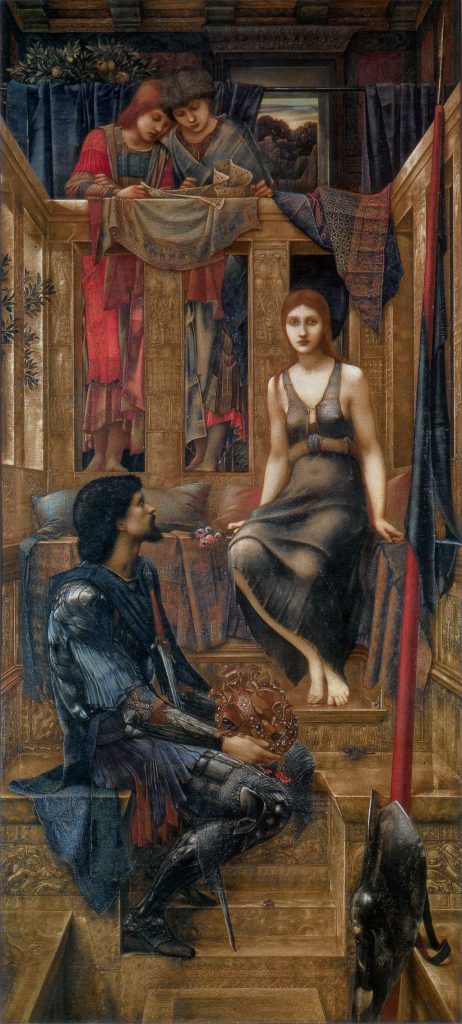Reading Who Do You Think You Are? as a Short Story Cycle
Like much of Munro’s work, Who Do You Think You Are? is grounded in the local: her stories often depict Canadian settings, particularly rural Ontario settings that are similar to Wingham, Ontario, where Munro grew up. Who Do You Think You Are? was first published in 1978, and is an example of the kind of short story cycle Gerald Lynch identifies in “The One and the Many.” It consists of ten stories that follow Rose, the cycle’s protagonist, as she grows up in Hanratty and West Hanratty, leaves her small town to attend university, negotiates romantic relationships with men, establishes a career as an actor, and returns home. Unlike a novel, which might depict a protagonist’s life continuously, Who Do You Think You Are? can be categorized as a short story cycle because each story explores a discrete episode or “snapshot” of Rose’s life and functions as a complete story on its own. In fact, before being published together, many of the stories in Who Do You Think You Are? were published individually.

King Cophetua and the Beggar Maid by Sir Edward Coley Burne-Jones, 1884 (1833-1898). Public Domain, via Wikimedia.
The title story, “Who Do You Think You Are?” appears as the final story of the collection—what Lynch refers to as the “envoi,” or concluding statement, of a short story cycle. Lynch argues that, as envoi stories often do, this story offers an answer to the protagonist’s “essential question of selfhood and identity” that the collection’s title asks (“No Honey” 73). By the end of the cycle, Rose’s answer to the question “Who Do You Think You Are?” is found not through romantic love—the solution she turns to often throughout the cycle—but rather through a return to her hometown: she achieves “a stable sense of identity” that is grounded in the place where she grew up (“No Honey” 76).
Halfway through the cycle, in “The Beggar Maid,” Rose’s questions about her identity—including her identity as a woman, as a creative person, and as someone from a poor, rural background—intersect. In this story, Rose’s fiancé, Patrick, implies that their relationship is similar to the one depicted in Sir Edward Coley Burne-Jones’ painting “King Cophetua and the Beggar Maid.” The painting is based on a legend in which a king falls in love with a poor woman at first sight, marries her, and saves her from a life of poverty. The fact that Rose ends her marriage with Patrick and returns to her poor, rural hometown at the end of the cycle suggests that she does not share Patrick’s interpretation of their relationship, and does not want a relationship that is based on these kinds of socio-economic, and other power, discrepancies.
How Material Conditions of Publication Shape Interpretations
Who Do You Think You Are? offers a good case study for the many ways that outside conditions of publication can affect a literary work’s reception by agents, editors, publishers, and readers. When Who Do You Think You Are? was first published in Canada, its cover featured a reproduction of Canadian painter Ken Danby’s work “The Sunbather.” When the book was published in the US, however, Danby’s painting was replaced with the painting of King Cophetua and the Beggar Maid and the book was published under the title The Beggar Maid: Stories of Flo and Rose. Lynch suggests that Munro’s American publishers decided to use this alternative title because they found the phrase “Who Do You Think You Are?”—which highlights the question of identity central to the cycle—”too mystifyingly Canadian” (The One 14). This title change and shift in cover art are just two examples of the ways that material contexts can shape a book’s content and appearance, and inform the ways we as readers make meaning out of a book. In this case, the significant changes resulted from the need to appeal to an American audience.
Reflection Questions
Alice Munro and Genre
- Literary scholars tend to categorize Alice Munro’s previous collection of connected stories, Lives of Girls and Women (1971), as a novel, and Who Do You Think You Are? as a short story cycle. What elements differentiate these two texts that might account for such categorizations? And how do these definitions influence our interpretations of, or expectations for, the texts?
- The German term Bildungsroman describes a coming-of-age novel, while the term Künstlerroman describes the coming-of-age of a writer or artist. After reviewing two or three definitions for either of these terms from different sources, discuss whether or not you think Who Do You Think You Are? possesses the characteristics of either a Bildungsroman or Künstlerroman. How do these characteristics fit with what you’ve learned about the elements of the short story and short story cycle? You might consider how the formal aspects of the short story cycle either enable or weaken our ability to read the book as a Bildungsroman or as a Künstlerroman.
Alice Munro and the Material Aspects of Literary Production
- Consider the two paintings used for the different editions of the book: “The Sunbather” for the Canadian edition and “King Cophetua and the Beggar Maid” for the American edition. What insights or expectations about the work are produced by each painting? What different readings do the different cover images produce?
Works Cited
- Lynch, Gerald. “No Honey, I’m Home: Place Over Love in Alice Munro’s Short Story Cycle, Who Do You Think You Are?” Canadian Literature 160 (1999): 73-98. Print.
- —. The One and the Many: English-Canadian Short Story Cycles. Toronto: U of Toronto P, 2001. Print
- Munro, Alice. The Beggar Maid: Stories of Flo and Rose. New York: Knopf, 1979. Print.
- —. Who Do You Think You Are? Toronto: Macmillan, 1978. Print.








 ©
©